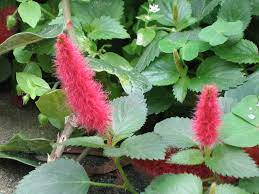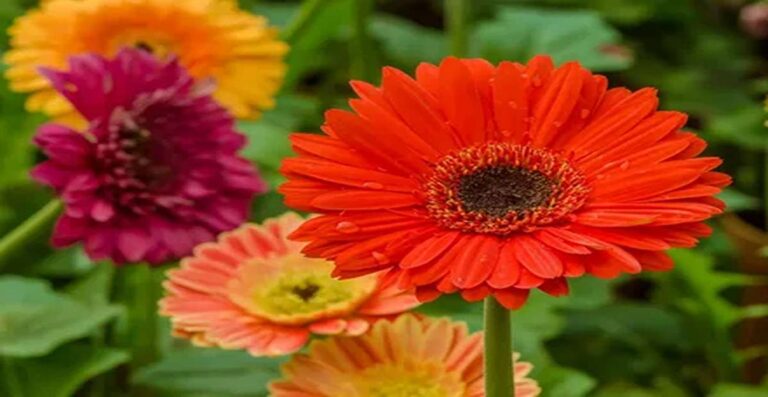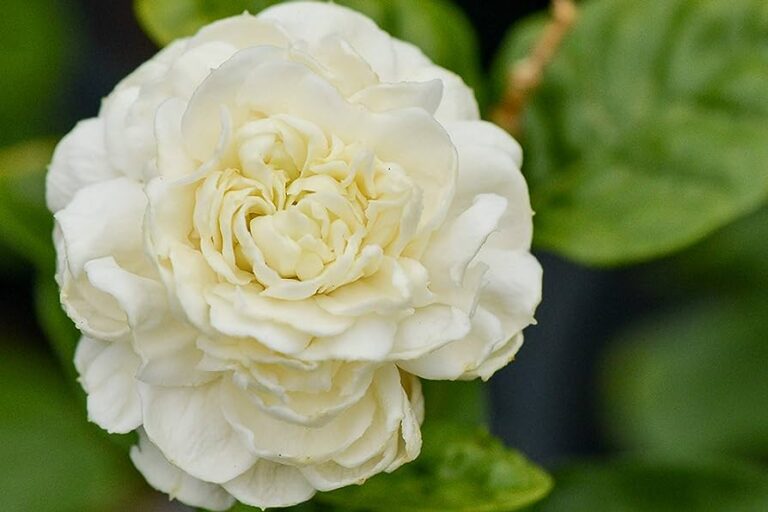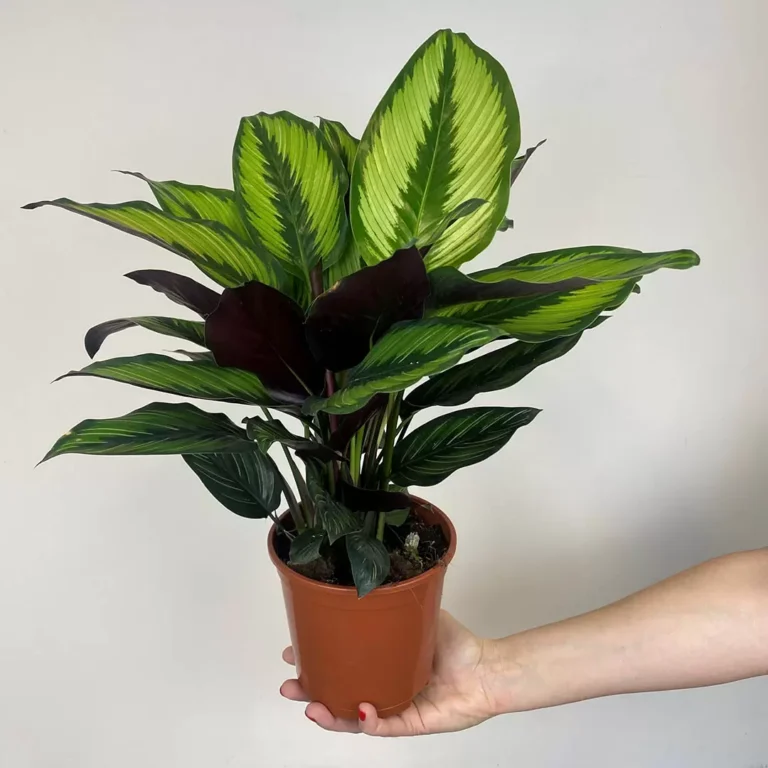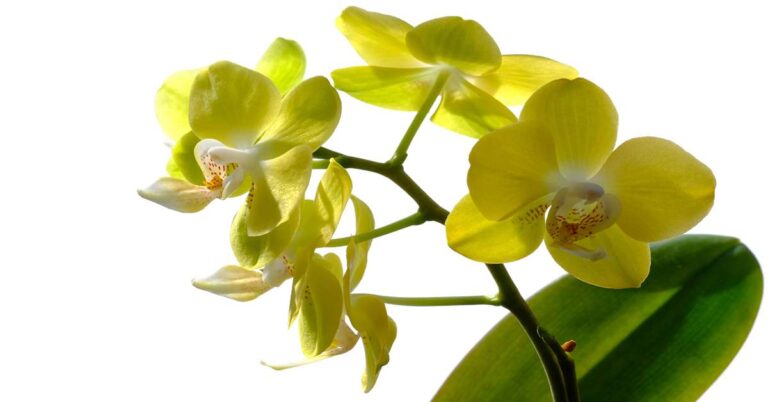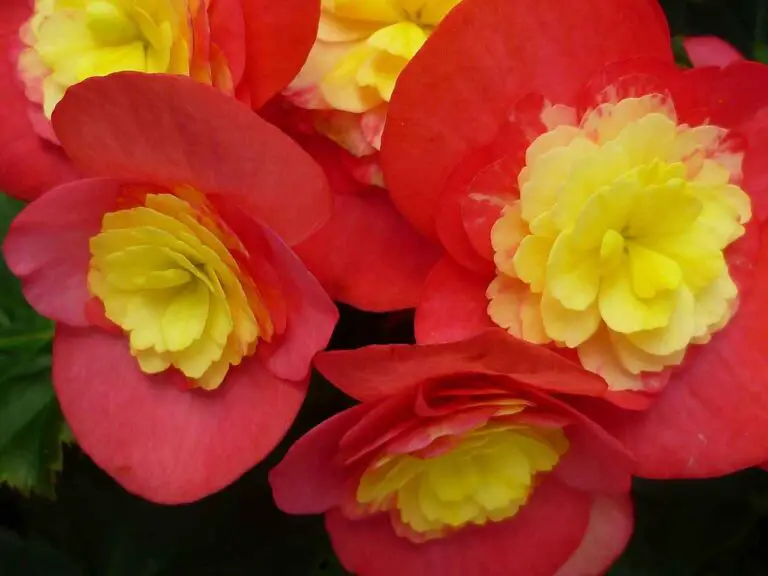Introduction
Welcome to our comprehensive guide on growing Calathea plants! In this article, we will provide you with valuable insights and expert tips to help you successfully cultivate these stunning tropical plants in your own garden. Calatheas, known for their vibrant foliage and unique patterns, are highly sought-after for indoor and outdoor plant collections. By following our step-by-step instructions and recommendations, you will be able to create the ideal conditions for your Calathea plants to thrive and flourish.
Informative Questions About Calathea Plant
Understanding Calathea Plants
What are Calathea Plants?
Calathea plants are a diverse genus within the Marantaceae family, consisting of approximately 300 species. Originating from the tropical regions of South America, Calatheas are renowned for their attractive foliage, featuring striking patterns, vivid colors, and unique shapes. These plants are often referred to as “prayer plants” due to the distinctive behavior of their leaves, which fold up at night as if in prayer.
Popular Calathea Varieties
There are several popular Calathea varieties, each with its own distinct characteristics. Some of the most sought-after Calathea species include:
- Calathea Orbifolia: Known for its large, round leaves with silver-gray stripes and dark green edges.
- Calathea Medallion: Recognized for its striking dark green leaves with vibrant patterns of cream and purple undersides.
- Calathea Roseopicta ‘Dottie’: Exhibits richly colored, deep green leaves with pink stripes and a purple undersides.
- Calathea Makoyana: Nicknamed the “Peacock Plant” for its feather-like patterns and vibrant colors.
Planting and Care Instructions
Choosing the Right Location
To ensure optimal growth and health of your Calathea plants, it’s essential to select an appropriate location. Here are some key considerations:
- Light Conditions: Calatheas prefer abundant, indirect illumination. It is important to shield them from direct sunlight to prevent leaf scorching. Optimal placement is near a window facing north or east.
- Temperature and Humidity: Calatheas flourish in warm and humid surroundings, maintaining temperatures between 60°F to 75°F (15°C to 24°C). They are susceptible to cold drafts and sudden temperature changes.
- Indoor versus Outdoor Cultivation: Calatheas can be cultivated both indoors and outdoors; however, it is crucial to emulate their natural habitat conditions. If planting outdoors, select a sheltered location with filtered light.
Soil Requirements
Calathea plants prefer well-draining, fertile soil with good moisture retention. Consider the following guidelines:
- pH Level: Aim for slightly acidic to neutral soil, ideally with a pH range of 6.0 to 7.0.
- Organic Matter: Incorporate organic matter such as compost or peat moss into the soil to improve its structure and moisture-holding capacity.
- Container Planting: When planting Calatheas in containers, ensure they have drainage holes to prevent waterlogging.
Watering and Humidity
Maintaining appropriate moisture levels is crucial for Calathea plants. Follow these watering and humidity tips:
- Watering Frequency: Water your Calathea thoroughly when the top inch (2.5 cm) of soil feels dry to the touch. Ensure proper drainage to prevent waterlogged roots.
- Humidity Requirements: Calatheas thrive in high humidity environments. You can increase humidity by placing a tray filled with water near the plant or using a humidifier.
- Mist the Leaves: Mist your Calathea’s leaves regularly with room temperature water to enhance humidity and prevent them from drying out.
Fertilizing
Proper fertilization contributes to the growth and vibrancy of Calathea plants. Consider the following guidelines:
- Frequency: During the growing season (spring and summer), feed your Calathea once every four to six weeks.
- Fertilizer Type: Use a balanced, water-soluble houseplant fertilizer with an NPK ratio of 10-10-10 or a specialized foliage plant fertilizer.
- Dilution and Application: Follow the manufacturer’s instructions for the appropriate dilution and apply the fertilizer to moist soil.
Propagation
If you wish to expand your Calathea collection, propagation is a great option. Here’s how you can propagate Calathea plants:
- Division: Gently divide the plant by separating the rooted sections, ensuring each division has healthy roots and leaves.
- Planting Divisions: Plant the divisions in separate containers filled with well-draining soil, and provide them with the same care as mature plants.
Common Calathea Plant Issues
While Calatheas are generally resilient, they can face a few common issues. Here are some problems you may encounter and their solutions:
- Leaf Curling: If the leaves curl excessively, it may indicate underwatering or low humidity. Adjust your watering routine and increase humidity levels.
- Brown Leaf Tips: Brown leaf tips can be a sign of dry air or over-fertilization. Increase humidity and ensure proper dilution when fertilizing.
- Yellowing Leaves: Yellowing leaves may be caused by overwatering, poor drainage, or exposure to cold drafts. Adjust watering practices and provide adequate drainage.
More indoor & safe for cats plants
Conclusion
Congratulations! You are now equipped with the knowledge and insights needed to grow stunning Calathea plants successfully. Remember to provide them with the right light, temperature, humidity, soil conditions, and watering routine. By following the guidelines outlined in this article, you can create an ideal environment for your Calatheas to thrive and display their mesmerizing foliage. Enjoy the beauty and tranquility these remarkable plants bring to your garden or indoor space.

